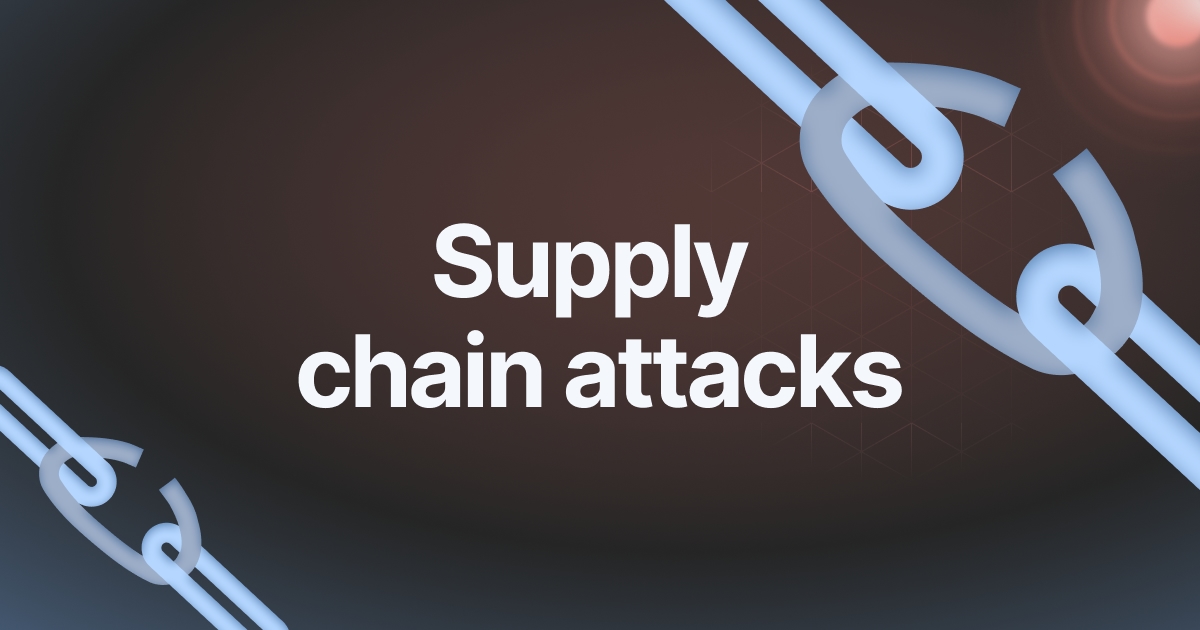In today’s highly connected digital world, the notion of having a secured “perimeter” for your company’s data is quickly becoming obsolete. A new breed of cyberattack, dubbed the Supply Chain Attack, has emerged, exploiting the intricate web of services and software that businesses depend on. This article explores the world of supply chain cyberattacks. It examines the changing threat landscape, possible vulnerabilities in your organization, and the essential steps you need to take to improve your defenses.

The Domino Effect: How a small flaw could sabotage your Business
Imagine that your business doesn’t use an open-source software library that has vulnerabilities in security. But the provider of data analytics services, on which you rely heavily. The flaw may be your Achilles heel. Hackers exploit this vulnerability within the open-source code to gain access to the provider’s systems. They now have access into your company, through an invisible connection with a third party.
This domino effect beautifully illustrates the insidious nature of supply chain threats. They attack the interconnected ecosystems that businesses depend on, gaining access to seemingly secure systems through weaknesses in the software of partners, open-source libraries or cloud-based services (SaaS).
Why Are We Vulnerable? What is the SaaS Chain Gang?
In reality, the exact factors that fueled the current digital age – in the past – the widespread adoption of SaaS software and the interconnectedness between software ecosystems — have led to the perfect storm of supply chain attacks. The ecosystems that are created are so complicated that it’s difficult to keep track of all the codes that an organization may interact with at least in an indirect manner.
Traditional security measures are not adequate.
The traditional cybersecurity measures which focused on securing your own systems are no longer sufficient. Hackers are skilled at identifying the weakest link in the chain, and evading firewalls and perimeter security to infiltrate your network via trusted third-party vendors.
Open-Source Surprise! Not all code is created equally
Another security risk is the massive popularity of open-source software. Although open-source software libraries are an excellent resource but they can also create security risks due to their popularity and reliance on the voluntary development of. A security flaw that’s not fixed in a library that is widely used can cause system vulnerabilities for a variety of organisations.
The Invisible Attacker: How to Spot the Signs of a Supply Chain Threat
Supply chain attacks are difficult to spot due to their nature. Certain indicators can be reason to be concerned. Unusual login attempts, strange activities with data, or unexpected updates from third-party vendors could suggest that your system is compromised. Also, any news of a major security breach that affects a widely used library or service provider must immediately prompt you to investigate the possibility of exposure. Contact for Software Supply Chain Attack
A fortress built in the fishbowl: Strategies to reduce the risk of supply chain risks
What can you do to strengthen your defenses? Here are some essential things to consider.
Verifying Your Vendors: Perform a the proper selection of vendors that includes an evaluation of their security practices.
Cartography of Your Ecosystem Make a map that includes all libraries, software, and services your organization employs, either in either a direct or indirect manner.
Continuous Monitoring: Watch your systems for suspicious activity and monitor security updates from all third-party vendors.
Open Source with care: Take your time when using libraries which are open source, and prioritize those that have an excellent reputation as well as active communities.
Transparency helps build trust. Inspire your suppliers to implement secure practices that are robust.
Cybersecurity in the future: Beyond Perimeter Defense
The rise of supply chain threats requires an overhaul in the way companies tackle cybersecurity. It’s no longer enough to be focusing on only securing your security perimeter. Organizations must employ a more holistic strategy, focusing on collaboration with suppliers and partners, transparency in the system of software and proactive risk management throughout their digital supply chain. You can safeguard your business in an ever-changing, connected digital ecosystem by recognizing the dangers of supply chain attack.